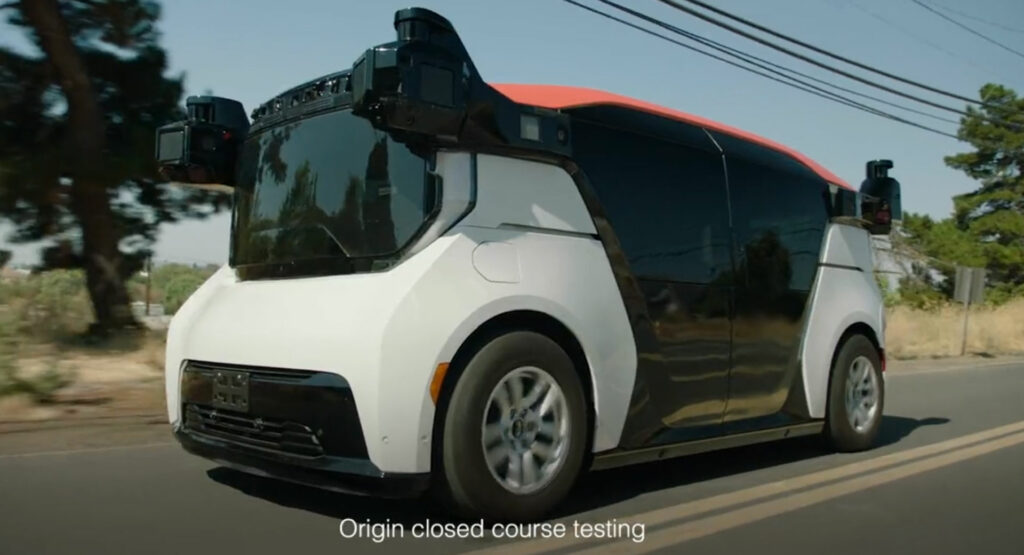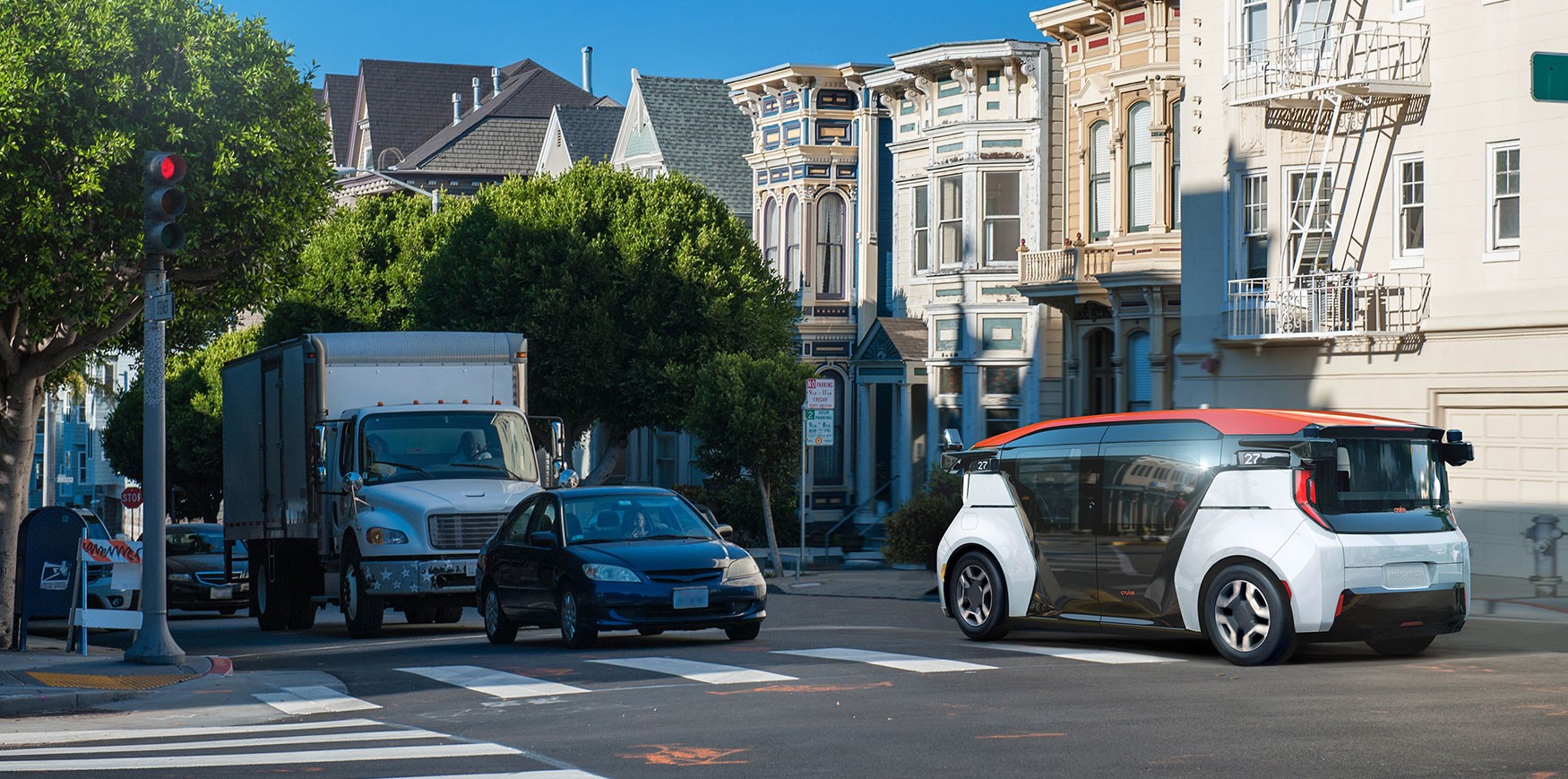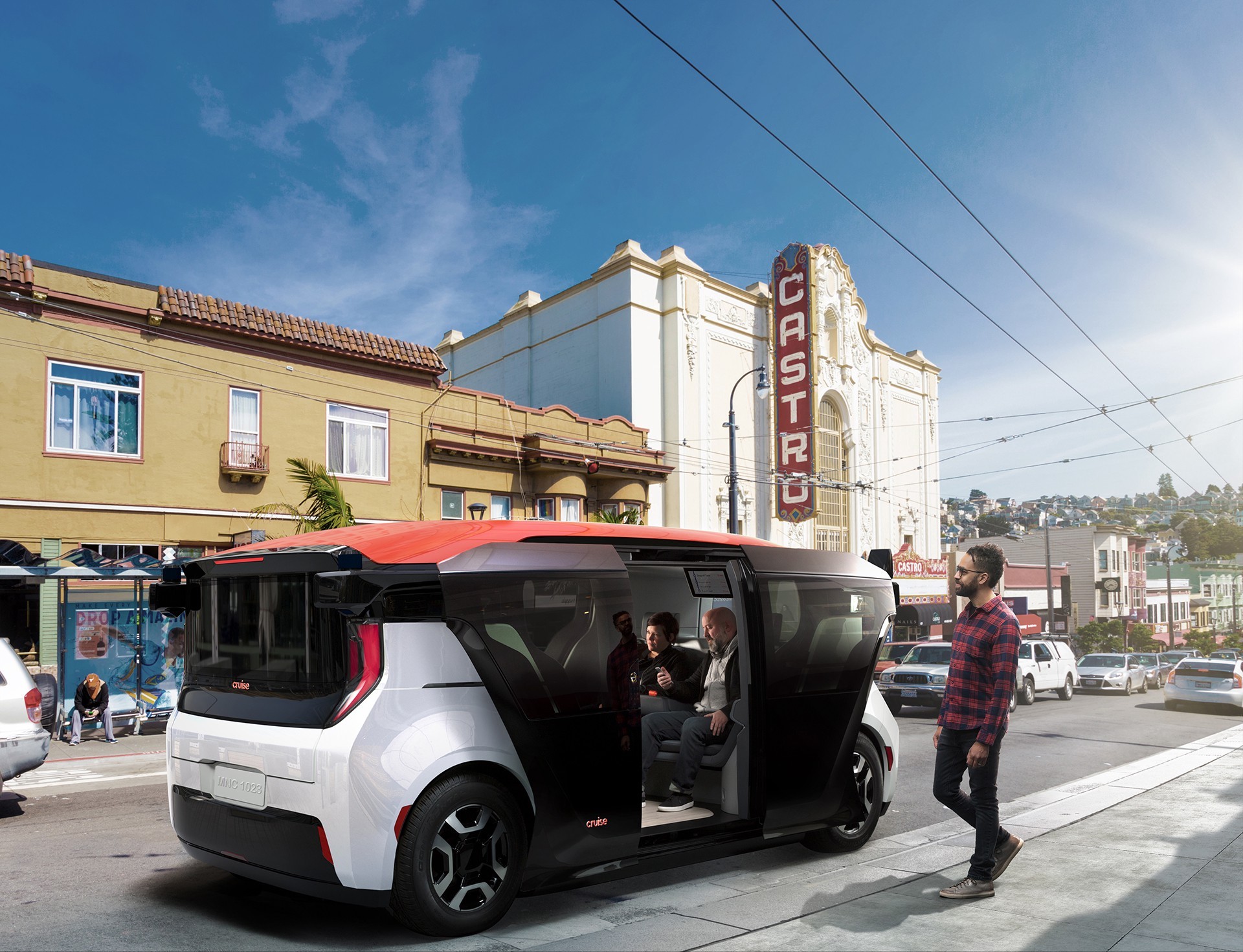The future is knocking on our door as the Cruise Origin is now testing in California and will be on public roads soon.
Originally unveiled in 2020, the Origin has been billed as the electric, autonomous, shareable car of the future.
It’s a purpose-built autonomous pod that features a multi-layered sensor suite, which is designed to track multiple people and objects even in pitch-black conditions or inclement weather such as rain or fog. The model also features multiple redundancies, so there are “no single points of failure across sensing, compute, networking or power.”
More: The Cruise Origin Is The Electric, Autonomous, Shareable Car Of The Future
Ready for testing.
Our next-generation vehicle, Origin, has hit test roads in California. Keep your eyes out for it on public roads soon.
pic.twitter.com/TCuT6xgCnH
— cruise (@Cruise) October 25, 2022
The Origin rides on GM’s Ultium platform, and is modular and upgradeable. This means individual components – such as sensors and computers – can be swapped out, negating the need to replace an entire fleet of vehicles. This helps to reduce costs and so does the estimated lifespan of over 1,000,000 miles (1,609,344 km), which is nearly six times longer than the average vehicle.
These cost saving measures should help to keep rides affordable and that’s amplified by the lack of a human driver. This gives the Origin a lot of potential and GM CEO Mary Barra has previously suggested rides could cost less than $1 (£0.86 / €0.99) per mile. That’s significantly cheaper than Ubers and Lyfts which, at the time cost, around $2.50 (£2.15 / €2.48) to $3.00 (£2.58 / $2.98) per mile.
Besides being affordable, the Origin features a revolutionary interior as it doesn’t need a driver. This allowed the company to create an airy and spacious cabin that features two rows of seats that face each other in a lounge-like fashion.
We’ll likely be hearing more about the Cruise Origin shortly, but the company has previously revealed “tens of thousands” of them will be built at GM’s Factory Zero outside of Detroit. Cruise has also stated some of the early prototypes have been “designed to be driven by a human” as this “helps us validate perception models and object tracking systems specific to the Origin.”









